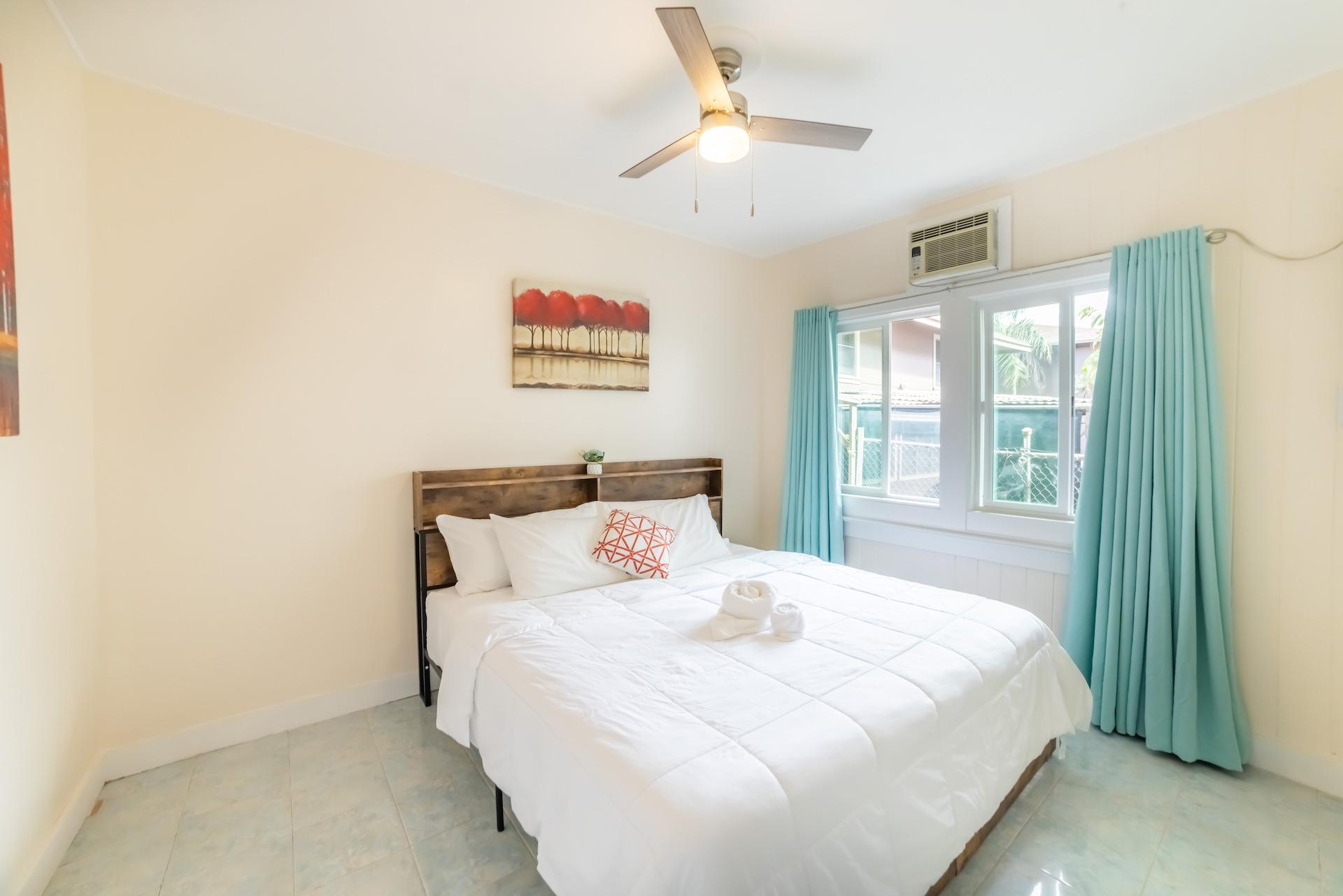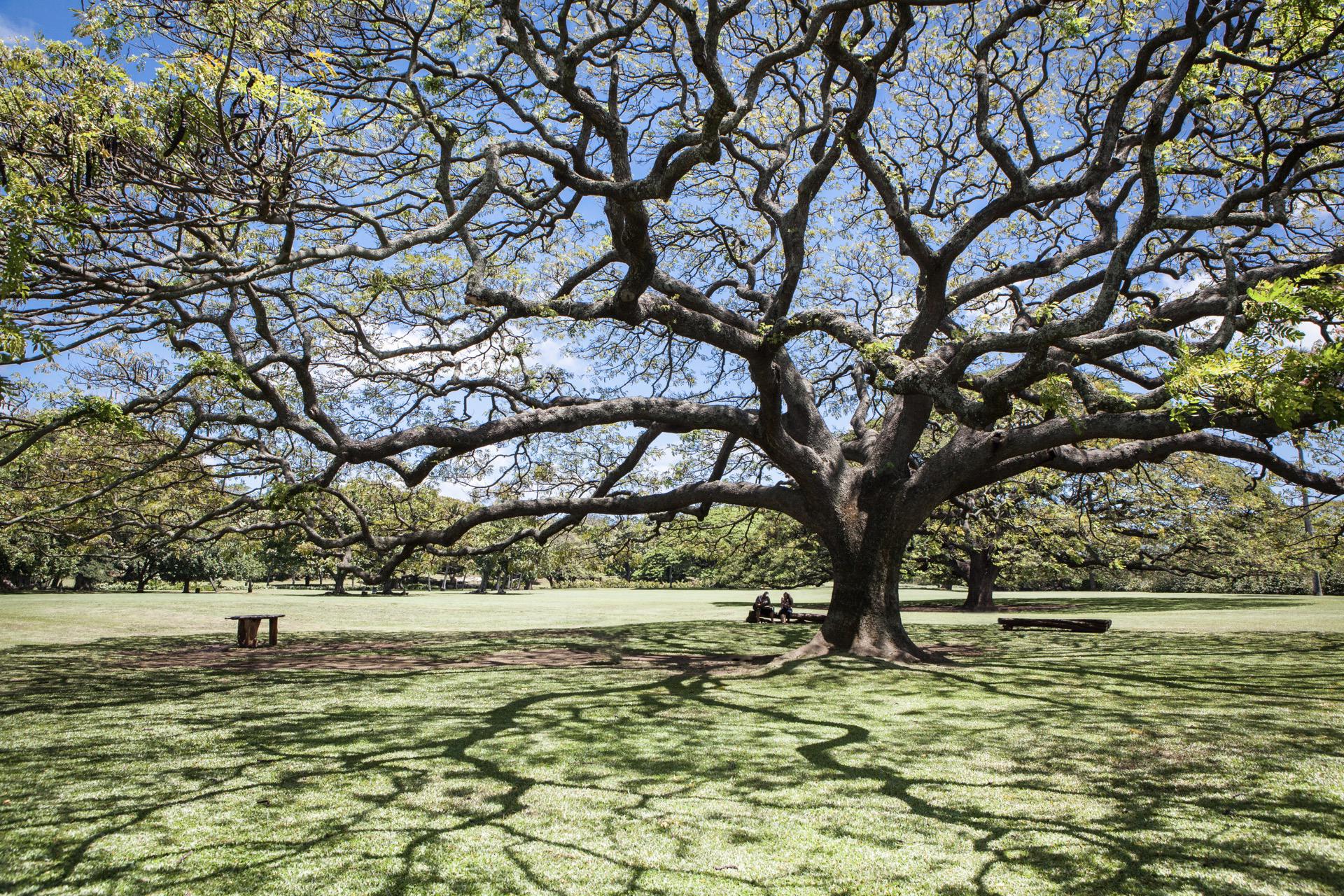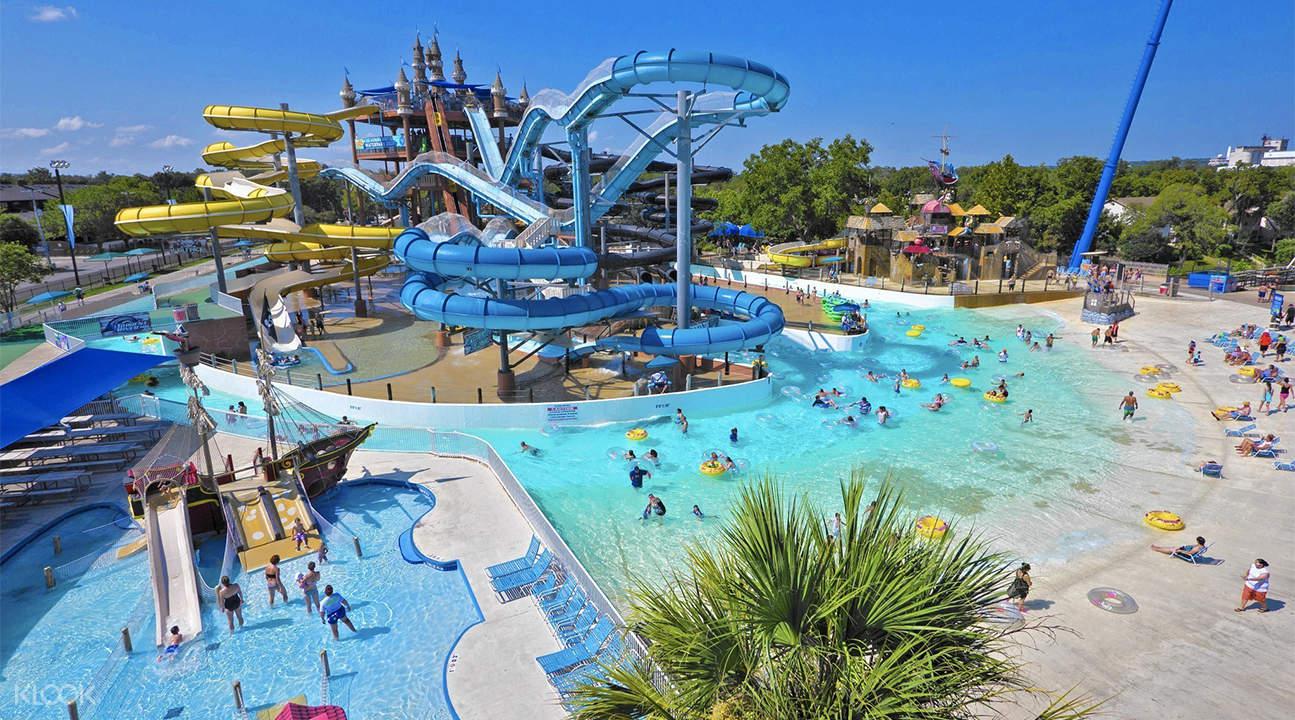Chinaman Hat: the Asian imprint in the sea
Mokolii Island, also known among locals as Chinaman’s Hat because of its shape, is a popular spot for taking pictures on Oahu’s windward coast. The small island is located at the north end of Kaneohe Bay, offshore of Kualoa Regional Beach Park.
Mokolii means “little lizard” in Hawaiian. It’s also called Chinaman’s Hat because of its cone shape, which resembles the peasant’s hat worn in rural China. Besides a few lonely palm trees and two small beaches, there isn’t anything else here. But it’s still a great place to visit if you like adventures and would like to have an island to yourself once in your life.
Tips on getting to Chinaman’s Hat
After you check-in at Kualoa Ranch, there is a shuttle that takes you directly across the road to where the kayaks are kept. I would suggest bringing a water bottle, sunglasses, and maybe a hat or sunscreen. They also provide water shoes if you did not bring your own. I highly suggest water shoes because you will be walking in the water and on the rocks to launch and pull in your kayak. The island is also a seabird nesting ground, so if you visit here, be aware of that and don’t disturb the animals.
What you can expect from the island
Once settled, we take off from the beach and head to the legendary Chinaman’s Hat. The water is fairly shallow. You can see the bottom, which is only waist deep. If there is a small group, the guide will take you on a short hike for some pictures. Before kayaking off the island, we get a chance to swim for a few minutes to cool down. The next destination is Secret island. There is cold water available there and we also get a quick tour. After some more pictures, we get back on the kayaks and head east to the beach where the shuttle picks us and our kayaks up. That area also has a shower station to rinse off. You can either walk around the island to the small beach facing the open ocean, or climb up to the top for a stunning view of the majestic Koolau Mountains and the windward coast. The approximately 20-minute climb is a bit strenuous and leads through thick brush, dirt and lava ledges. But if you’re in decent condition, you can make it to the top.








